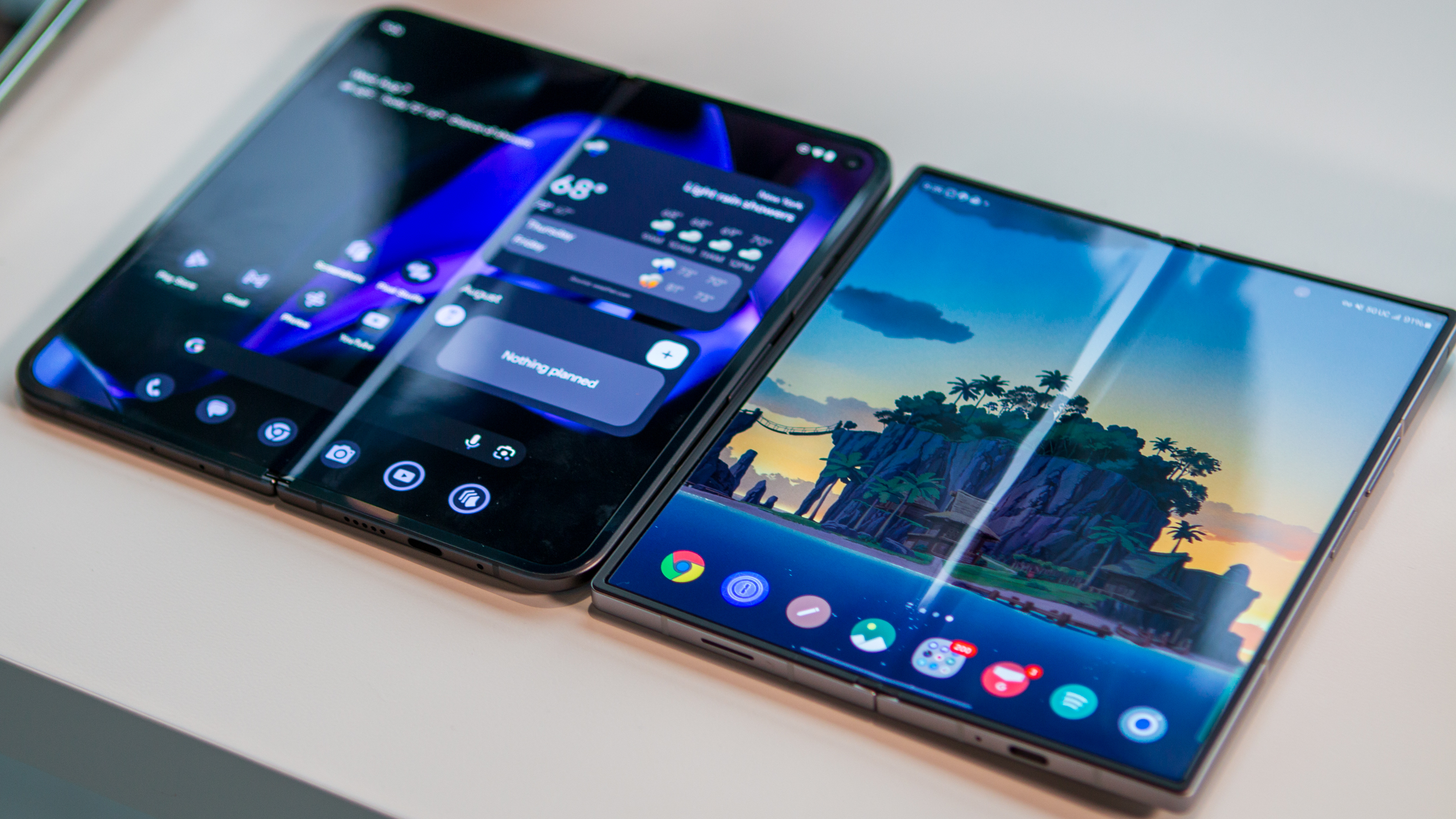LTE networks aren't getting faster, but they are becoming more commonplace
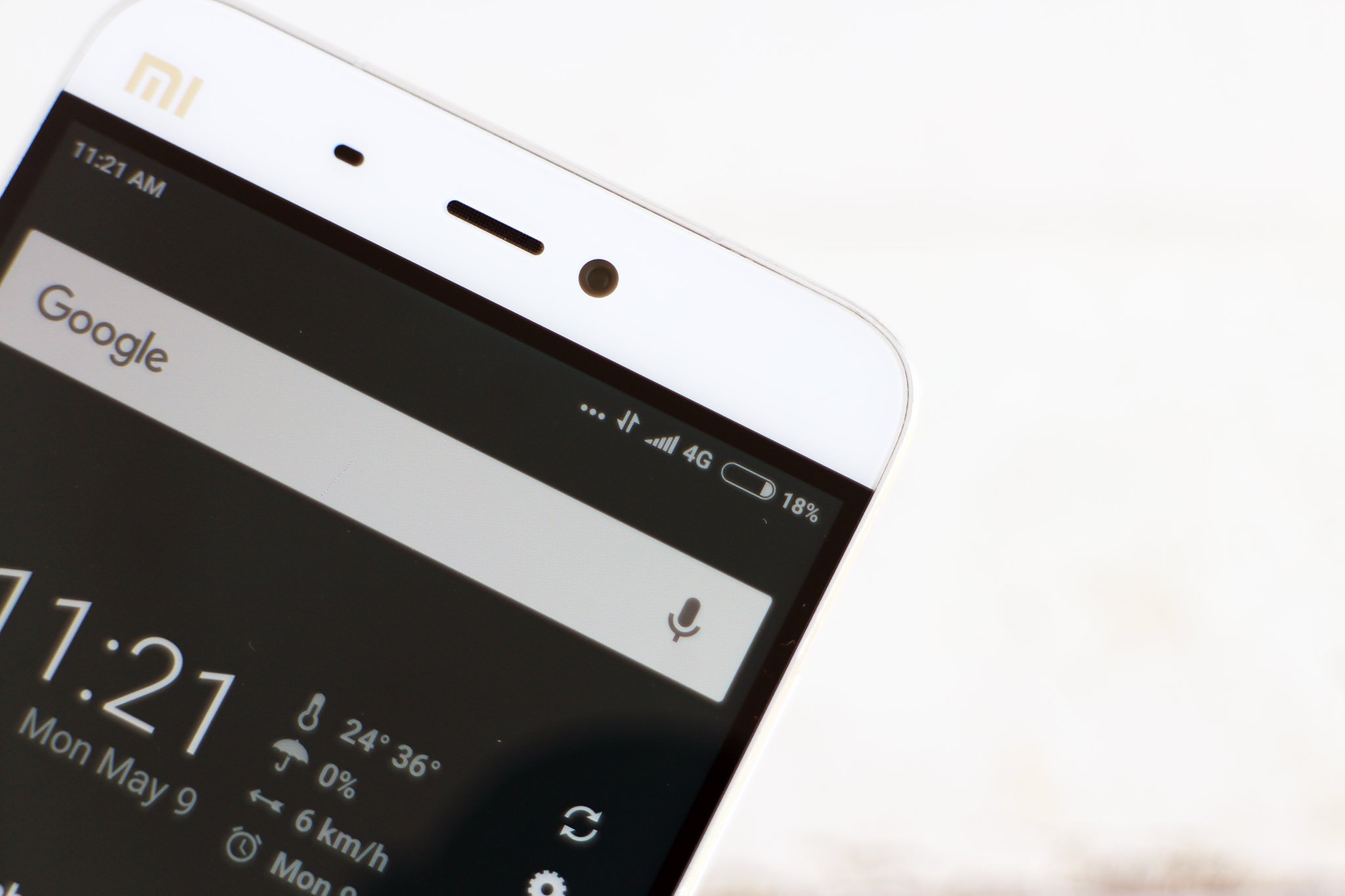
OpenSignal has released their bi-annual "State of LTE" report today and the prediction of a country that would finally have average LTE speeds of 50 Mbps (Megabits per second) didn't come as expected. Instead, they noticed what they call "massive growth" in LTE network availability around the world.
OpenSignal releases their report every six months, and it combines data from LTE networks worldwide to try and get real-world metrics about how the network performs. It focuses mainly on two key data points: actual availability and average speed of connected users.
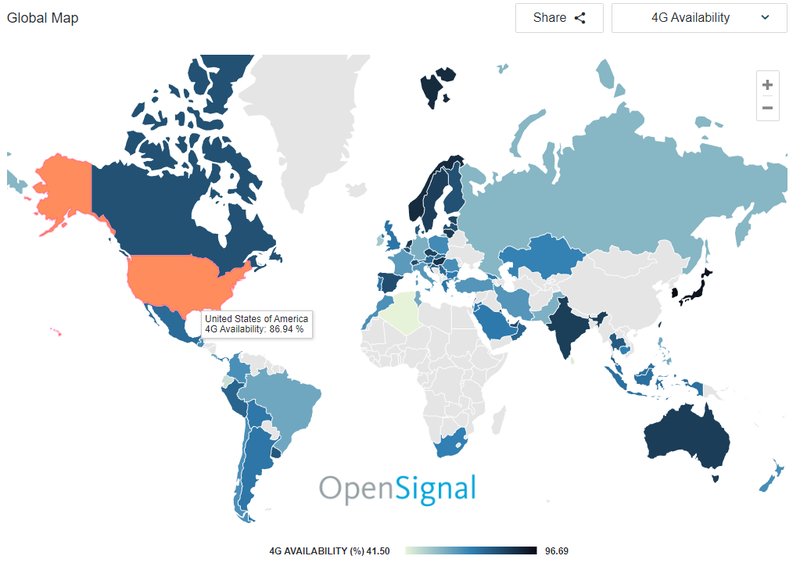
This is done by collecting more than 50 billion measurements from over 3.8 million users in 77 different countries through the OpenSignal app.
For this particular report, 50,119,524,309 datapoints were collected from 3,816,934 users during the period: Jul 1st - Oct 1st 2017.
LTE speeds have stalled
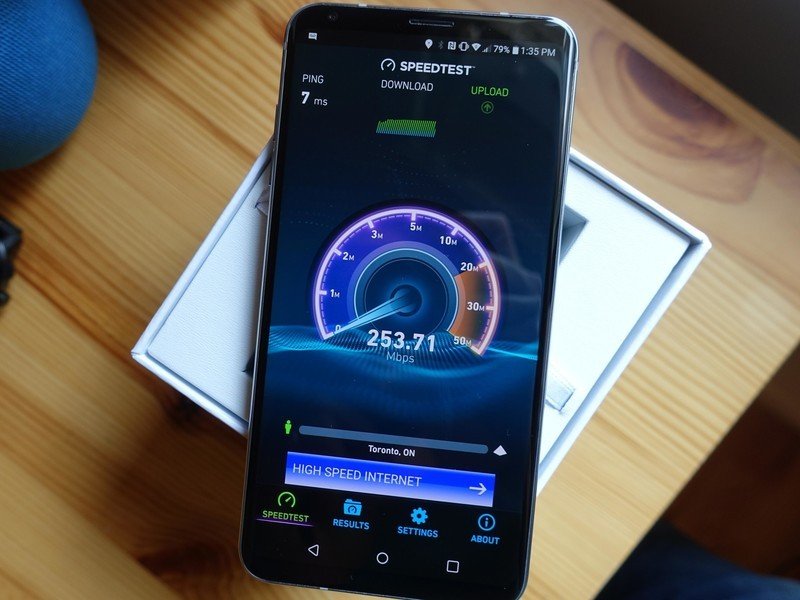
Some carriers have broken OpenSignal's 50 Mbps prediction, but no country has a 50Mbps average speed just yet. Singapore, with a 46.6 Mbps average, and South Korea's 45.9 Mbps average, are the closest, but the countries with the fastest speeds have actually seen them decrease slightly.
In the June report, OpenSignal found that 14 countries had an average LTE network speed of 30 Mbps or higher and the November report sees 13. Of the 45 countries who had an average network speed of 20 Mbps or higher in June 2017, only 42 had the same figure in November. Singapore, South Korea, Norway, and Hungary once again top the list with speeds of over 42 Mbps, while the Netherlands comes close with an average speed of 38.91 Mbps.
it is worth noting that the global average did see a slight bump from 16.2 Mbps to 16.6 Mbps. this is because the speeds in the countries with the slowest average speeds are getting faster even if the top performers are getting slower. These countries in North America made the list:
- Canada: 29.79 Mbps (14th place)
- The Dominican Republic 24.67 Mbps (31st place)
- Mexico: 22.03 Mbps (37th place)
- The United States: 13.98 Mbps (61st place)
The United Kingdom had an average speed of 22.01 Mbps which places it in the 38th position, and India sits at the bottom of the countries reported with an average speed of 6.13 Mbps.
Be an expert in 5 minutes
Get the latest news from Android Central, your trusted companion in the world of Android
Availability has skyrocketed
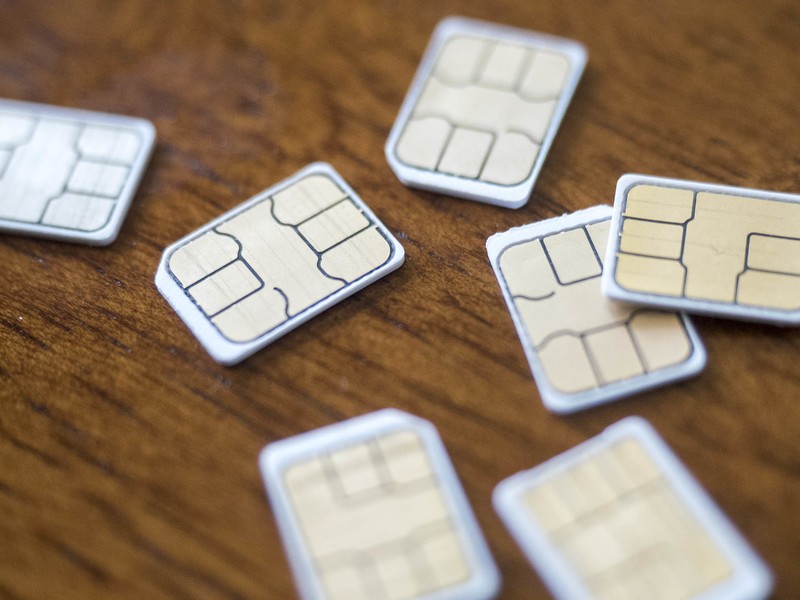
OpenSignal determines how often each person using the app can connect to an LTE network. HSPA or other technology using the "4G" handle are not considered. As you can imagine the gap between the countries with the most LTE availability and those with the least is fairly wide. South Korea leads where an LTE network is available to 96.4% of users and Algeria is at the bottom of the list with 41.5% of users finding an LTE network.
Most every country in OpenSignal's report showed an increase in availability of LTE networks. In June 33 countries were able to support an LTE signal more than 70% of the time and in November the number has grown to 50. November's report shows 20 countries able to provide LTE more than 80% of the time while June saw only 16 countries on that list. South Korea and Singapore have breached the 90% mark, and OpenSignal says the in South Korea LTE is "now as ubiquitous as 3G."
The countries in North America that made the list:
- The United States: 86.94% (5th place)
- Canada: 79.55% (23rd place)
- Mexico: 73.50% (38th place)
- The Dominican Republic: 58.50% (70th place)
The United Kingdom was in 43rd place with an average of 71.34% and India provides LTE 84.03% of the time and is in 11th place.
The takeaway
This isn't a contest, and from what we see, everyone would be winning if it were.
India's LTE Network speeds and footprint are particularly important as it is one of the biggest markets for cellular in the world.
LTE speeds may have stopped climbing — OpenSignal attributes this to a plateau in the current LTE technology — but of the 77 countries reporting enough data to be tested, India's 6.13 Mbps as the slowest is a positive sign. That's a far cry from the 3G speeds of a few years ago, and seeing those kinds of network speeds means developers have more to offer and users have more to consume. Meanwhile, Singapore's 46.6 Mbps may have dropped slightly, but that's still an impressive average speed from the third most densely populated country in the world (7,987.52 people per square kilometer).
Across developing countries availability is more important than speeds and OpenSignal's report shows that. In June 75 countries were able to provide enough data to be listed and six months later in November, the number has risen to 77. Countries with established LTE network infrastructure are still increasing the reach of their networks and emerging markets are quickly rolling out their network, and we see countries like Pakistan and Tunisia able to provide LTE more than 50% of the time.
We're slowly but surely moving to a world where everyone is connected, and that's great news.

Jerry is an amateur woodworker and struggling shade tree mechanic. There's nothing he can't take apart, but many things he can't reassemble. You'll find him writing and speaking his loud opinion on Android Central and occasionally on Threads.
